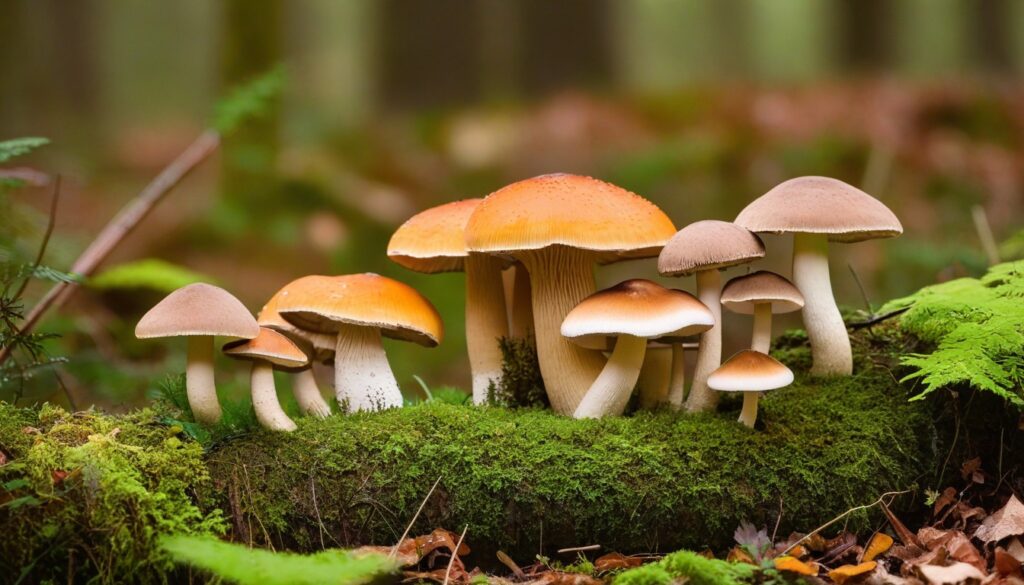New York may be known for bustling cities and bright lights, but it is also home to a variety of edible mushrooms waiting to be foraged. Foraging for mushrooms is one of the oldest and most exciting ways to connect with nature and enjoy its delicacies. With the right knowledge and techniques, anyone can join the adventure and discover the culinary wonders of mushrooms in New York.
Key Takeaways
- Foraging wild edible mushrooms is a rewarding way to connect with nature and try unique culinary delights.
- Proper identification and understanding of habitats and seasonality are key to safe and successful mushroom foraging.
- Mushroom foragers should always practice ethical and sustainable harvesting techniques.
- There are many organizations and events in New York dedicated to mushroom education and exploration.
- With the right tools and equipment, anyone can forage for edible mushrooms in the wilds of New York.
Where to Find Edible Mushrooms in New York
New York State offers a diverse range of habitats where wild mushrooms grow, making it a great destination for mushroom foragers. The following are some of the best places in New York where you may find edible mushrooms:
|
Location |
Best Time to Forage |
Common Edible Mushrooms Found |
|---|---|---|
|
Adirondacks |
Late summer to fall |
Boletes, chanterelles, chicken of the woods, hedgehogs, morels, oysters, and russula mushrooms |
|
Catskill Mountains |
Summer to fall |
Boletes, chanterelles, chicken of the woods, morels, oysters, and russula mushrooms |
|
Hudson Valley |
Summer to fall |
Chanterelles, chicken of the woods, morels, oysters, and russula mushrooms |
|
Finger Lakes |
Late summer to fall |
Boletes, chanterelles, chicken of the woods, oysters, and russula mushrooms |
|
Long Island |
Summer to fall |
Chanterelles, oysters, and russula mushrooms |
When exploring these locations, remember to follow proper foraging techniques and be respectful of the environment. Avoid picking mushrooms in parks with strict no-picking policies or private property without permission. Joining a local mushroom club or participating in a guided foraging tour may also be helpful in discovering new areas and improving your foraging skills.
Common Edible Mushrooms in New York
Foraging for mushrooms in New York can be a rewarding experience, but it’s essential to know which varieties are safe to consume. Here are some of the most common edible mushroom species you may encounter:
|
Mushroom Name |
Characteristics |
Habitat & Seasonality |
|---|---|---|
|
Chanterelle |
Trumpet-shaped, bright yellow-orange |
Under coniferous or deciduous trees, mid-summer to fall |
|
Black trumpet |
Trumpet-shaped, brownish-black |
Under hardwood trees, late summer to fall |
|
Honey mushroom |
Cup-shaped, honey-colored cap |
Growing on living or dead trees, spring to fall |
|
Hen of the woods |
Frilly, fan-shaped cap, brown with white edges |
Growing at the base of oak trees, late summer to fall |
|
Morel |
Honeycombed, cone-shaped cap |
Under hardwood trees, early spring to late summer |
|
Porcini |
Brown, round cap with a white stem |
Under coniferous or deciduous trees, late summer to fall |
Keep in mind that these are just a few of the many edible mushroom species found in New York. Always consult a reliable field guide or expert before consuming any wild mushroom.
Safety Precautions for Mushroom Foraging
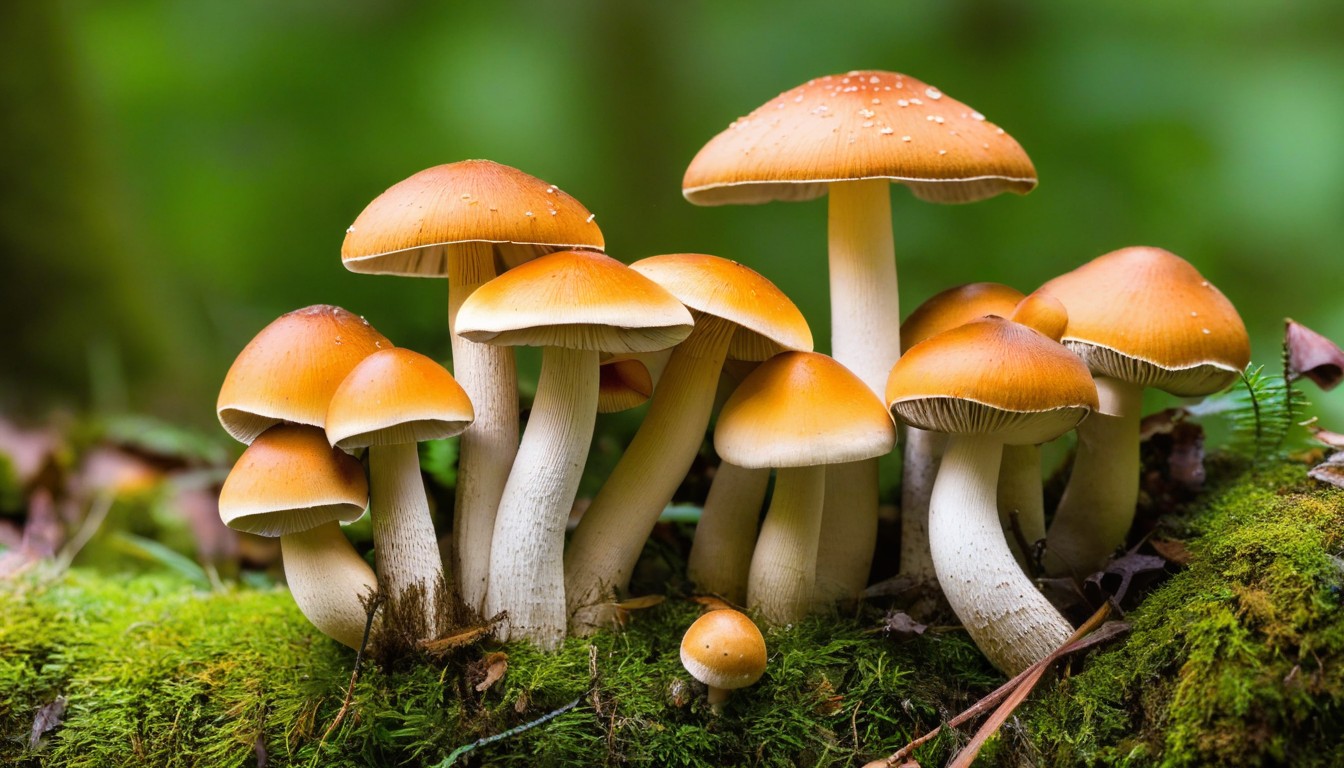
Foraging for mushrooms is an exciting and rewarding experience, but it’s important to take safety precautions to avoid any potential risks. Here are some tips to keep in mind for safe and responsible mushroom foraging:
- Proper identification: Make sure you know how to identify the edible mushrooms you are looking for and learn how to distinguish them from poisonous varieties. There are many resources available, including field guides and mushroom identification apps.
- Avoid picking mushrooms near roads: Mushrooms growing near busy roads may absorb pollutants from vehicle exhaust that can make them harmful to eat.
- Environmental awareness: Be aware of the impact of your foraging on the environment. Don’t pick more than you need, don’t trample on other plants, and avoid damaging the habitat where the mushrooms grow.
- Only eat mushrooms you are certain are safe: If you are unsure of the identification of a mushroom, do not eat it, and always cook mushrooms thoroughly to destroy any harmful toxins that may be present.
- Protect your skin: When foraging, wear long-sleeved shirts, pants, and gloves to protect your skin from plants, insects, and other harsh elements.
- Check for wildlife: Be aware of potential wildlife in the area you’ll be mushroom foraging in. Use caution and make noise to discourage any unwelcome surprises.
By following these simple safety tips, you can have a safe and successful time mushroom foraging in New York.
Seasonal Variation of Edible Mushrooms in New York
Foraging for mushrooms in New York requires awareness of seasonal changes and the arrival times of certain species. The availability of edible mushrooms varies depending on the season, making it important to consider the time of year when planning a foraging excursion.
During the spring months, New York’s forests come alive with new growth and an abundance of different mushroom species. Morels, one of the most sought-after edible varieties, can be found from mid-April to June. Other species that can be foraged during this time include oyster mushrooms, black trumpets, and chicken of the woods.
As temperatures rise in the summer, the flush of spring mushrooms tends to slow down, but other species become available. Chanterelles are a prized find during the summer months, while boletes and lobster mushrooms can also be found.
In the fall, as the leaves change color, so too does the landscape of New York’s forests. It’s during this time that many of the most beloved edible mushrooms can be foraged, including hen of the woods, maitake, and various species of boletes. Fall is a popular time for mushroom hunting, and for good reason: the possibilities are almost endless.
Finally, during the winter months, foraging becomes a bit trickier as many species hibernate until spring. However, some species, such as lion’s mane, can still be found on dead trees and stumps. It’s important to exercise caution and avoid foraging during or after snowfall, as mushrooms can become even harder to identify.
Tools and Equipment for Mushroom Foraging
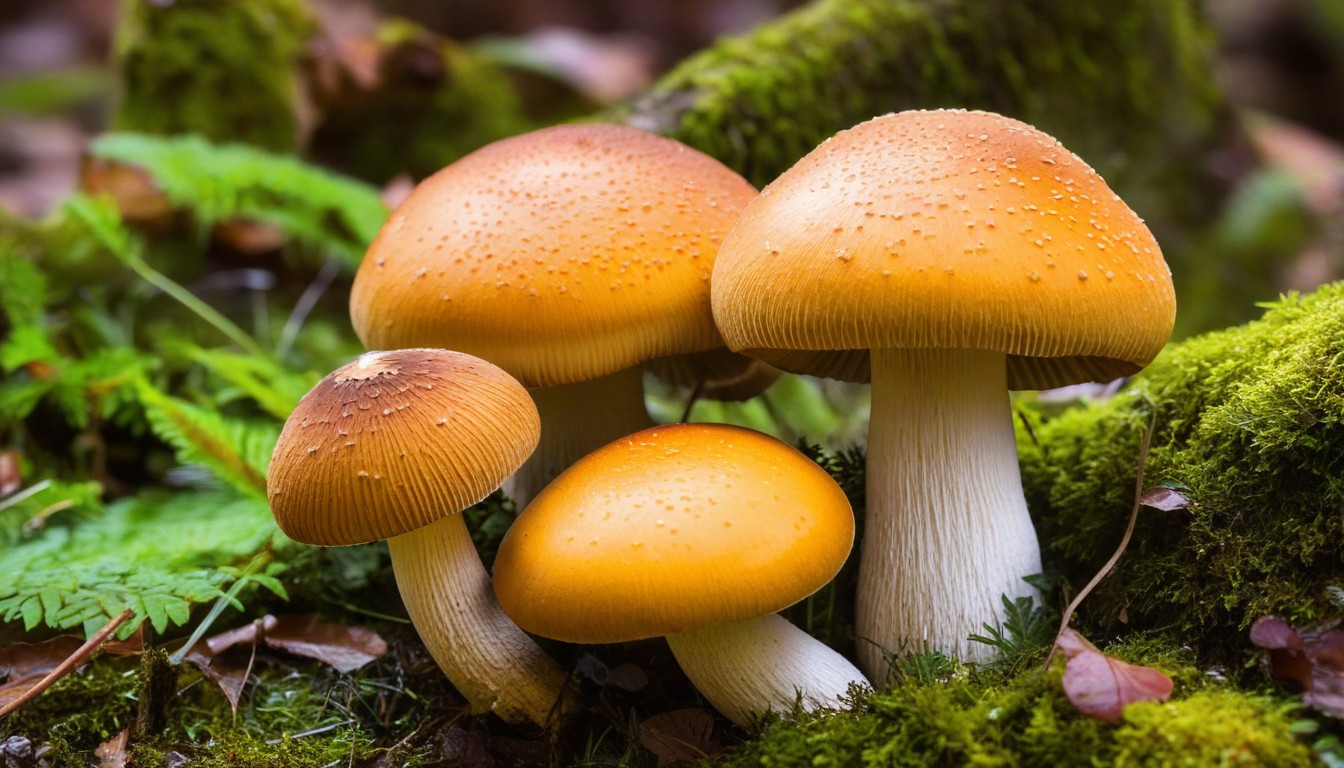
If you’re planning on foraging for mushrooms, it’s essential to have the right tools and equipment to ensure a successful and safe trip. The basic tools and equipment include:
|
Item |
Description |
|---|---|
|
Basket or bag |
To carry the mushrooms, avoid plastic or closed containers that can trap moisture. |
|
Knife |
A sharp knife to cut mushrooms from the base, ideally with a curved blade to prevent damage to the mycelium. |
|
Field guide book |
To identify and learn more about the species you encounter while foraging. |
|
Mushroom identification app |
A smartphone app can provide real-time answers to questions about specific mushrooms. |
These basic tools are a good starting point, but you may also want to consider other equipment, such as a magnifying glass, gloves, or a compass, depending on your location and experience.
Remember to pack your equipment in a comfortable and practical way, considering the weather, terrain, and accessibility. Also, ensure to use your tools safely, especially when using sharp objects like knives and scissors.
Tips for Successful Mushroom Foraging
Foraging mushrooms can be challenging, but with the right techniques, you can improve your chances of discovering some delicious edibles. Here are some practical tips to keep in mind when searching for mushrooms in New York:
- Understand Mushroom Habitats: Different mushroom species grow in different habitats, so it is essential to know where to look. For example, Oyster mushrooms thrive on deciduous trees, while Morels prefer well-drained soil in wooded areas.
- Observe Patterns: Keep an eye out for patterns that indicate the presence of mushrooms, such as recently dead trees, clustered plants, and animal activity. Knowing these patterns can help you focus your search and increase your chances of success.
- Utilize Different Foraging Methods: Different mushroom varieties require different foraging methods. For example, some mushrooms grow underground, such as truffles, which require specialized tools to locate.
- Use a Field Guide: A guidebook can help you identify different mushroom species, understand their characteristics and habitats, and ensure you are harvesting edible varieties safely.
- Join a Foraging Group: Joining a mushroom foraging group can provide a wealth of knowledge and insights about local species and locations while connecting with other enthusiasts.
With these tips in mind, you can set out with more confidence and knowledge to forage for edible mushrooms in New York.
Ethical Mushroom Foraging Practices
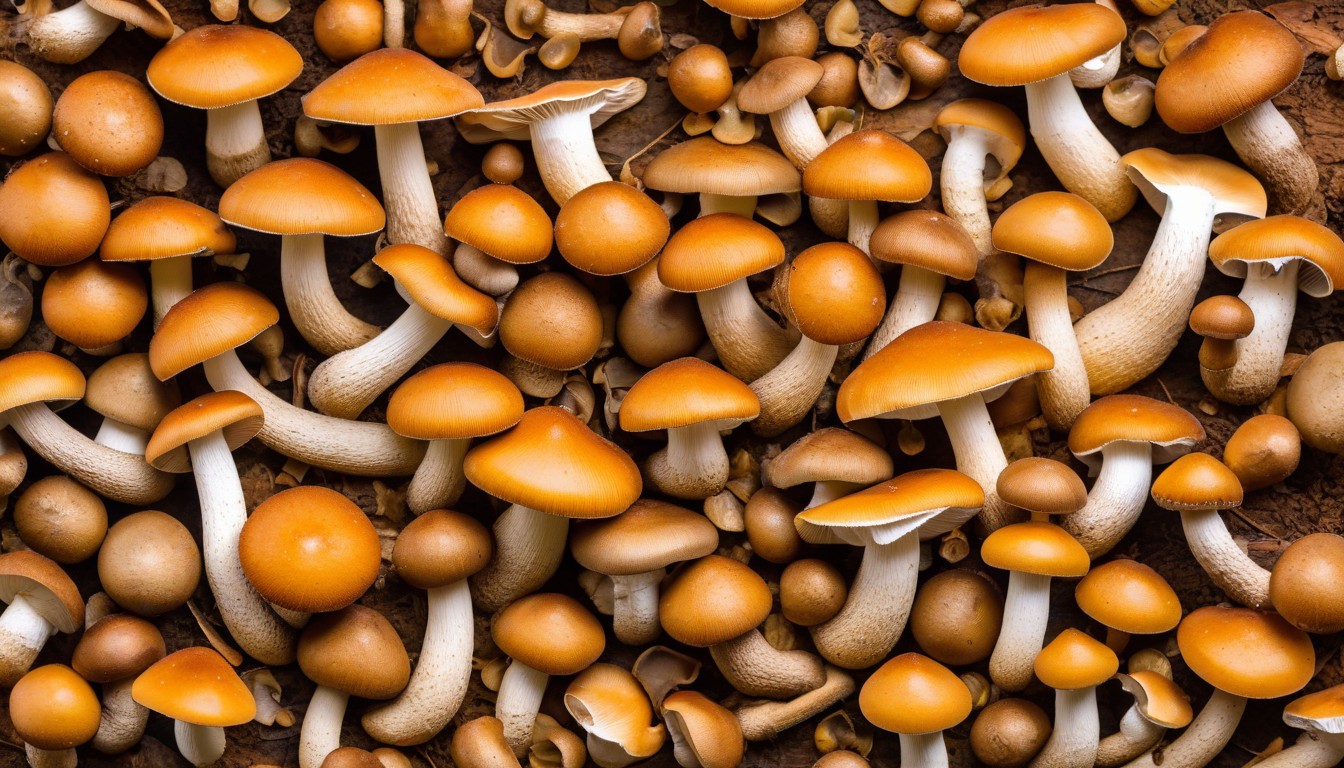
Mushroom foraging is a popular activity that can provide a fun and rewarding experience, but it is essential to prioritize ethical considerations. As responsible foragers, we must respect the environment, the mushroom species we collect, and the landowners’ property. Here are some ethical mushroom foraging practices to keep in mind:
Sustainable Harvesting
Mushroom foragers need to ensure that they only harvest mature mushrooms, leaving the young and undeveloped ones to grow. Overharvesting mushrooms can lead to a decline in the population of specific species, endangering the environment and mushroom habitats. Experts recommend collecting no more than 10% of a mushroom patch at a time, allowing the fungi to continue their growth and contribute to the ecosystem’s balance.
Leave No Trace
Foragers should maintain a low impact on the land by taking only what they need and leaving no trace behind. Never damage the vegetation, disturb the soil, or leave any trash or debris. Avoid using plastic bags or containers and instead bring reusable baskets or cloth bags to collect mushrooms.
Respect Private Property
If you are foraging on private property, always seek permission from the landowner beforehand. Respect any restrictions they may have, such as designated areas or times for foraging. Never trespass or take advantage of the owner’s land without their consent.
Additional Considerations
It is crucial to be mindful of the potential environmental impact of your foraging activities and avoid disturbing or destroying any habitats, such as animal dens, nests, or burrows. If foraging in a Natural Protected Area, make sure to check the regulations, as harvesting may be prohibited or restricted in some regions.
Adhering to these ethical mushroom foraging practices is critical to keeping our environment safe and healthy while still enjoying the natural beauty New York has to offer.
Culinary Delights: Cooking with Edible Mushrooms from New York
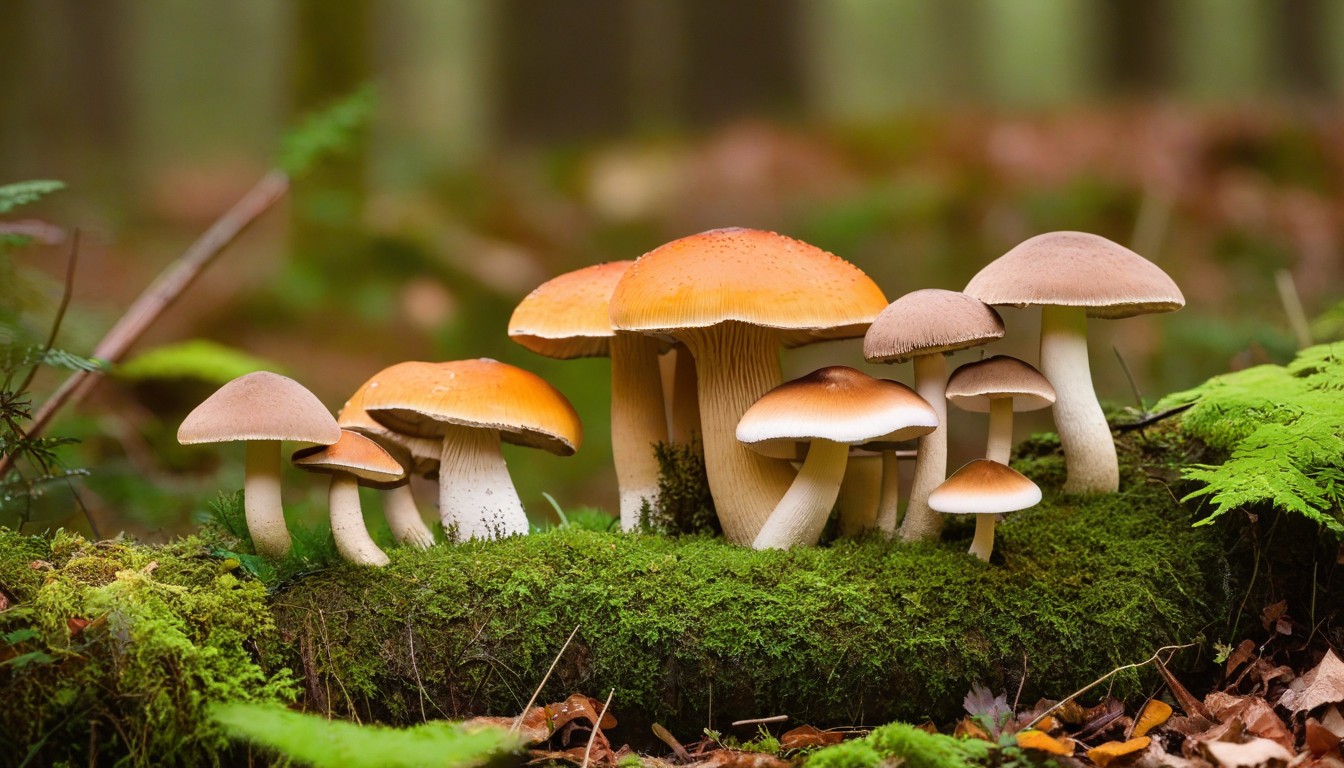
Foraging for edible mushrooms in New York is not only a fun activity, but it also offers the chance to explore new flavors in the kitchen. With the wide range of edible mushroom species available in New York, there are endless culinary possibilities.
Here are a few delicious recipes and cooking techniques to try with your foraged edible mushrooms:
Wild Mushroom Soup
|
Ingredients |
Instructions |
|---|---|
|
1 lb mixed wild mushrooms (such as chanterelles, porcini, and morels) |
1. Clean and chop the mushrooms. 2. Sauté mushrooms in butter until tender. 3. Add chicken or vegetable broth and simmer for 20 minutes. 4. Puree soup with an immersion blender. 5. Serve with toasted bread and fresh herbs. |
Mushroom and Swiss Chard Saute
|
Ingredients |
Instructions |
|---|---|
|
1 lb mixed mushrooms (such as shiitake, cremini, and oyster) |
1. Clean and slice the mushrooms. 2. Sauté mushrooms in olive oil until browned. 3. Add chopped Swiss chard and cook until wilted. 4. Season with salt and pepper to taste. 5. Serve as a side dish or over pasta. |
Mushroom Risotto
|
Ingredients |
Instructions |
|---|---|
|
1 lb mixed mushrooms (such as portobello, shiitake, and enoki) |
1. Clean and chop the mushrooms. 2. Sauté mushrooms in butter until tender. 3. Add arborio rice and cook for 1-2 minutes. 4. Slowly add chicken or vegetable broth, stirring frequently, until rice is cooked through. 5. Stir in grated Parmesan cheese and fresh chopped herbs. |
These recipes only scratch the surface of what you can do with edible mushrooms from New York. Experiment with different varieties and cooking techniques to discover new culinary delights.
Mushroom Organizations and Events in New York
For those who are passionate about mushrooms and wish to delve deeper into the subject, New York offers a range of opportunities to connect with like-minded enthusiasts through mushroom organizations and events.
The New York Mycological Society is a non-profit organization dedicated to the study and enjoyment of mushrooms. They offer regular forays, seminars, and workshops, as well as a library and newsletter for members.
Another organization to check out is the Culinary Institute of America, which offers a course on foraging for wild mushrooms as well as classes on cooking with mushrooms.
For those interested in attending mushroom-themed events, the annual Catskill Fungi Festival is a must-visit. The festival offers guided hikes, workshops, and vendors selling mushroom-themed products.
|
Name of Event |
Date |
Location |
|---|---|---|
|
Catskill Fungi Festival |
September 5-6, 2021 |
Pine Hill, NY |
|
New York Mycological Society Fall Foray |
October 16-17, 2021 |
Location TBA |
|
Hudson Valley Mushroom Festival |
September 2022 (TBD) |
Craryville, NY |
By attending these events or joining a mushroom organization, you can gain new insights, learn from experts, and develop a greater appreciation for the fascinating world of fungi.
Conclusion
Foraging for edible mushrooms in New York is an enjoyable and rewarding activity, but it is important to do it responsibly. By following the tips and guidelines outlined in this article, you can safely and sustainably explore the world of fungi while appreciating the natural wonders of the state.
Always remember to prioritize safety and environmental awareness, and to respect private property and local regulations. With the right tools, knowledge, and techniques, you can discover the culinary delights of New York’s native mushrooms, and potentially even join local mushroom organizations and attend events to further your knowledge and passion for mushroom foraging.
So why not embark on a new adventure and discover the delicious and natural world of edible mushrooms in New York?
FAQ
Are all mushrooms in New York edible?
No, not all mushrooms found in New York are edible. Some mushrooms can be poisonous or highly toxic. It is important to properly identify mushrooms before consuming them.
Where can I learn how to identify edible mushrooms?
There are various resources available for learning how to identify edible mushrooms in New York. Local mushroom organizations, field guides, and online forums can provide valuable information and guidance.
Can I forage for mushrooms in state parks?
Mushroom foraging regulations vary depending on the state park. It is recommended to check with the specific park’s rules and regulations before foraging for mushrooms.
Are there any mushrooms that are always safe to eat?
While there are some mushrooms that are generally considered safe to eat, it is essential to practice caution and proper identification. It is best to consult reliable sources or experts to ensure safety.
How can I differentiate between edible and poisonous mushrooms?
Differentiating between edible and poisonous mushrooms requires knowledge and experience. It is recommended to consult field guides, attend identification workshops, or seek guidance from experts in mushroom foraging.
Can I sell the mushrooms I forage?
Selling foraged mushrooms may require permits or licenses depending on the laws and regulations of your area. It is advisable to check with local authorities or agricultural departments for specific guidelines.
Do mushrooms grow all year round in New York?
The availability of mushrooms in New York varies with the seasons. While some species may be found year-round, others have specific growing periods. It is important to be aware of the seasonal variations.
What should I do if I accidentally ingest a poisonous mushroom?
If you suspect you have ingested a poisonous mushroom, seek medical attention immediately. It is essential to inform healthcare professionals of the situation for proper treatment.
Can I pick mushrooms from private properties?
It is crucial to respect private property rights when foraging for mushrooms. Always seek permission from the landowner before entering or harvesting mushrooms from private properties.
How should I store the mushrooms I forage?
It is best to store mushrooms in a cool, dry place. Avoid using plastic bags or containers that can trap moisture, as it can cause the mushrooms to spoil quickly. Paper bags or breathable containers are preferable for storage.

